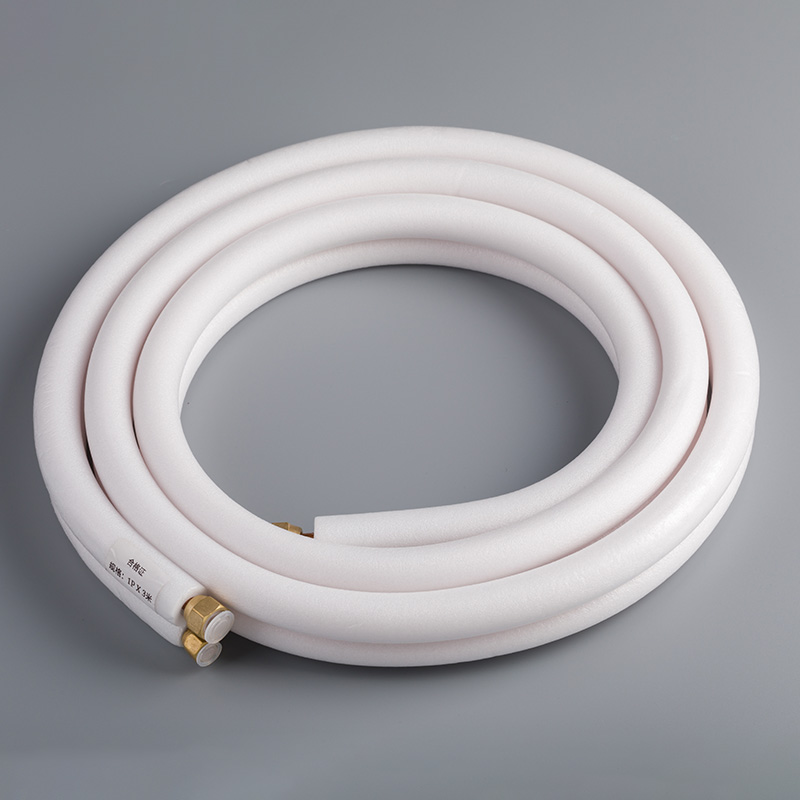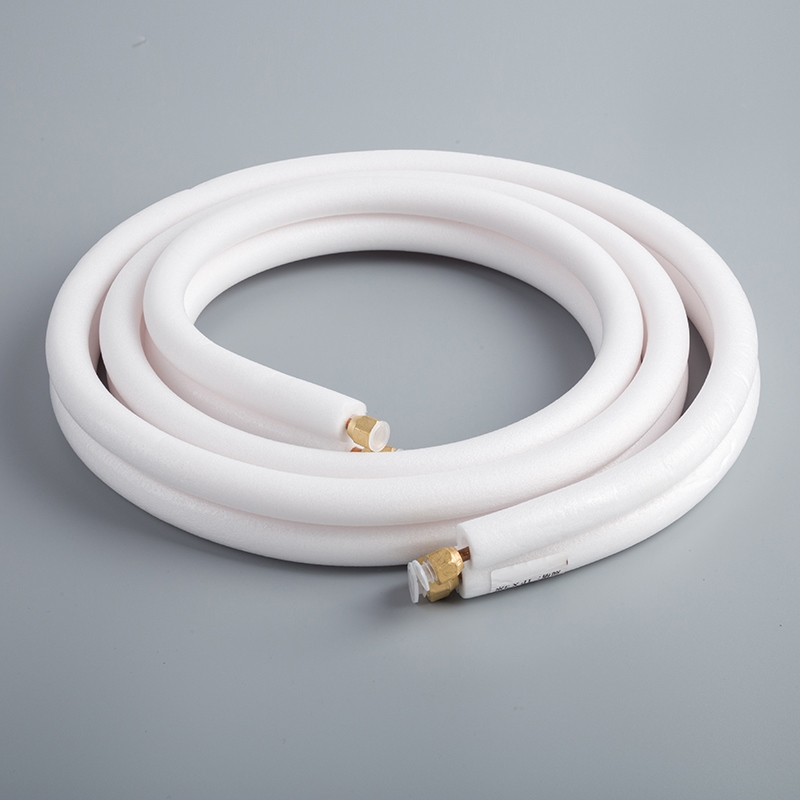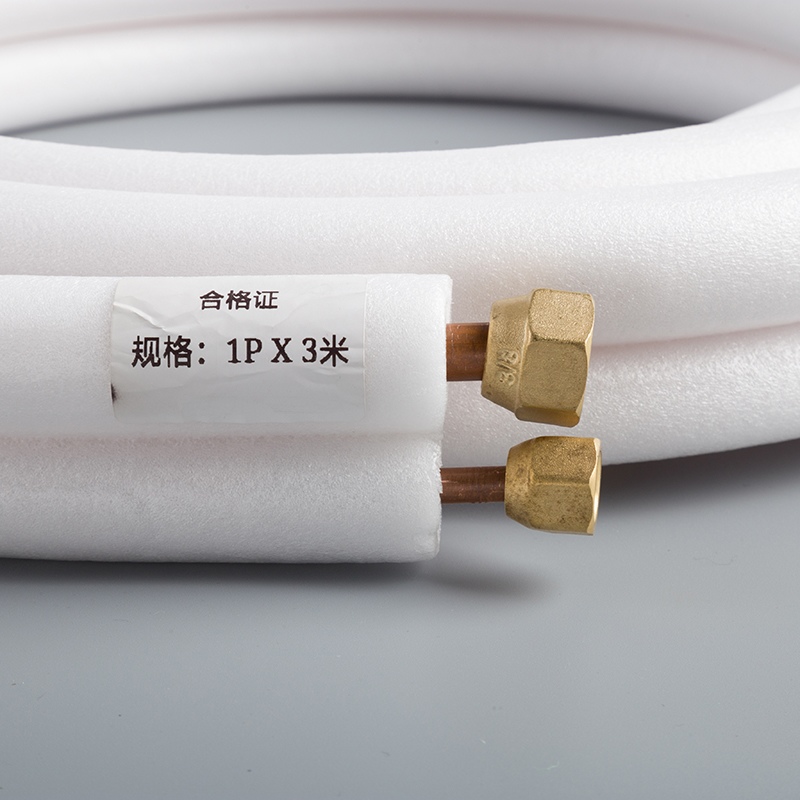Discover the Evolution of Copper Pipe Construction

Copper pipes serve as a vital component in construction, as detailed in the article found at https://copperpipe.net/articles/evolution-1-2-copper-pipe-construction/. Their evolution showcases significant advancements in technology and construction practices. Historical usage of copper dates back to ancient civilizations, where it played an essential role in plumbing systems. Today, copper pipes remain prevalent due to their reliability and versatility. This blog will delve into the rich history, modern applications, and numerous benefits associated with copper pipes. The ongoing demand for copper reflects its importance in various industries, including construction and plumbing.
Evolution of Copper Pipes

Early Use of Copper Pipes
Ancient civilizations and copper usage
Copper has served as a vital material for plumbing since ancient times. The Ancient Egyptians pioneered the use of copper pipes around 2150 B.C. to distribute water throughout their civilization. This marked one of the earliest known applications of copper in plumbing systems. Additionally, archaeological discoveries reveal that copper pipes were integral to the construction of significant structures, such as the Temple of King Sa’Hu-Re in Abusir, built in 2750 BCE. These early examples demonstrate how civilizations relied on copper for its durability and effectiveness.
Other ancient cultures also utilized copper extensively. The Indus Valley Civilization, around 2700 B.C., developed standardized earthen plumbing pipes with broad flanges made from asphalt to prevent leakages. Such innovations laid the groundwork for modern plumbing systems, showcasing the ingenuity of early engineers.
Transition to modern plumbing systems
Over time, societies transitioned from rudimentary methods to more sophisticated plumbing systems incorporating copper pipes. The Romans and Greeks further advanced these technologies by integrating copper into their aqueducts and public baths. These developments established a foundation for contemporary plumbing practices.
Technological Advancements
Introduction of Type M and Type L copper pipes
The evolution of technology led to the introduction of different types of copper pipes, notably Type M and Type L. Type M pipes feature a thinner wall compared to Type L pipes, which possess medium weight suitable for various applications in residential settings. Each type serves specific purposes within plumbing systems based on pressure requirements and installation locations.
Development of cutting oil for pipework
Technological advancements also introduced tools that improved efficiency during installation processes. The development of cutting oil significantly enhanced pipework by lubricating equipment used in cutting operations. This innovation allowed plumbers to work more effectively while minimizing wear on tools.
https://copperpipe.net/articles/evolution-1-2-copper-pipe-construction/
Historical milestones in copper pipe construction
Numerous historical milestones have shaped the evolution of copper pipe construction over centuries. From ancient civilizations using basic forms to modern engineering techniques employing advanced materials, each phase reflects progress driven by necessity and innovation.
Key milestones include:
Adoption of standardized sizes.
Integration into large-scale infrastructure projects.
Recognition as a preferred material due to its longevity and resistance to corrosion.
These developments illustrate how historical practices influenced current methodologies in construction.
Influence of copper pipe evolution on modern construction
Modern construction continues benefiting from advancements made throughout history regarding copper piping systems. Architects and builders recognize the advantages offered by this versatile material, including its strength, reliability, and recyclability.
Incorporating knowledge gained from past experiences allows professionals today to design sustainable structures that utilize resources efficiently while ensuring long-lasting performance.
Modern Applications of Copper Pipes

Residential Plumbing
Use of Type L copper pipes in water lines
Type L copper pipes serve as a primary choice for residential water lines. This type features a medium wall thickness, which provides strength and durability. Homeowners often prefer Type L due to its ability to withstand higher pressure compared to other types. Rigid and flexible forms of Type L are available, allowing for various installation scenarios. Flexible Type L can repair or replace old water lines effectively. Rigid tubing offers enhanced durability for long-term applications.
Type L copper pipes also find use in fire protection systems. The material’s resistance to corrosion ensures reliable performance over time. Many plumbing codes recommend Type L for interior plumbing applications, making it a standard choice among contractors.
Copper pipes in gas piping systems
Copper pipes play an essential role in gas piping systems within residential buildings. Their ability to resist corrosion contributes significantly to the safety and reliability of gas installations. Plumbers often utilize Type L copper for these applications because of its thicker walls, which provide additional strength against potential leaks.
Installation techniques for gas piping with copper require adherence to local building codes. Proper fittings such as sweat, compression, and flare ensure secure connections between sections of pipe.
Commercial and Industrial Use
Copper pipes in large-scale water systems
Commercial enterprises rely on copper pipes for large-scale water distribution systems. These systems demand materials that can handle significant pressure while maintaining integrity over time. Copper's natural properties make it an ideal candidate for such applications.
Many municipalities incorporate copper piping into their infrastructure projects due to its longevity and resistance to corrosion. Engineers design these systems with standardized sizes that facilitate efficient installation and maintenance.
Durability and reliability in industrial applications
Industries benefit from the durability and reliability of copper pipes across various applications. Manufacturing facilities use these pipes extensively due to their ability to withstand harsh conditions without compromising performance.
Copper's recyclability further enhances its appeal in industrial settings. Companies prioritize sustainable practices by utilizing materials that minimize environmental impact while ensuring operational efficiency.
https://copperpipe.net/articles/evolution-1-2-copper-pipe-construction/
Current trends in copper pipe applications
Current trends indicate a growing preference for copper pipes across multiple sectors. Innovations in manufacturing processes have led to improved quality standards, making copper more accessible than ever before.
Sustainability remains a key focus as industries seek environmentally friendly solutions. Copper's recyclability aligns perfectly with this goal, encouraging businesses to adopt practices that reduce waste while maximizing resource utilization.
Role of copper pipes in sustainable construction
Sustainable construction increasingly incorporates copper piping due to its numerous benefits. Builders recognize the importance of using materials that contribute positively toward environmental goals without sacrificing quality or performance.
Copper’s inherent properties allow it to be part of energy-efficient designs while promoting health benefits through reduced contamination risks associated with other materials like plastic or PVC.
Benefits and Future Trends
Advantages of Copper Pipes
Durability and corrosion resistance
Copper pipes offer exceptional durability. These pipes withstand high pressure and resist corrosion effectively. The material's natural properties allow it to maintain structural integrity over time. Many industries value copper for its longevity, especially in plumbing systems where exposure to water occurs frequently. Research indicates that copper pipes remain functional for decades without significant degradation. This characteristic makes copper a preferred choice in various applications, including residential plumbing and commercial installations.
Versatility in various applications
Copper pipes exhibit remarkable versatility across multiple sectors. These pipes serve numerous functions, from residential water lines to industrial gas piping systems. Their ability to handle both hot and cold water makes them suitable for diverse plumbing needs. Additionally, copper's excellent thermal conductivity enhances energy efficiency in heating systems.
Key benefits of using copper pipes include:
Compatibility with different fittings and connections.
Ease of installation, which reduces labor costs.
Recyclability, promoting environmentally friendly practices.
The adaptability of copper ensures that builders can utilize this material in innovative ways while meeting specific project requirements.
Future Developments
Innovations in copper pipe materials
Future developments promise exciting advancements in copper pipe technology. Researchers explore new alloys that enhance the performance characteristics of traditional copper materials. Innovations aim to improve resistance against extreme temperatures and pressures while maintaining the lightweight nature of the pipes.
Emerging technologies also focus on enhancing manufacturing processes. Improved techniques may lead to more efficient production methods, reducing waste during fabrication. As a result, manufacturers can provide higher quality products at competitive prices.
Potential role in green construction
Green construction increasingly emphasizes sustainable materials that minimize environmental impact. Copper pipes align perfectly with these goals due to their recyclability and long life cycle. Builders recognize that utilizing recycled copper minimizes resource depletion while maintaining high performance standards.
Incorporating copper into eco-friendly designs promotes energy efficiency as well. The material's thermal properties contribute positively toward reducing energy consumption in heating and cooling systems.
“Sustainable practices not only benefit the environment but also enhance the overall value of construction projects.”
As industries continue prioritizing sustainability, the role of copper will likely expand further within modern construction practices.
Copper pipes have undergone remarkable evolution throughout history. Their extensive use in ancient civilizations, such as the Pyramids, highlights their durability and effectiveness. Modern applications showcase copper's high thermal conductivity, corrosion resistance, and recyclability. These properties make copper pipes essential in construction and plumbing industries.
Future trends indicate ongoing innovation in design and materials. Sustainable practices will likely enhance copper's role in eco-friendly construction. The demand for copper pipes will continue to rise as industries prioritize reliability and longevity in their infrastructure projects.
See Also
Exploring the Development of Copper Pipes in Building Projects
Examining the Progression of Copper Tubing for HVAC Systems
Learn About the Longevity of Copper Pipes Buried Below
Revealing Innovations in Copper Pipe Coil Technology Ahead
Find Top Copper Pipe Fittings for Effective Plumbing Solutions


